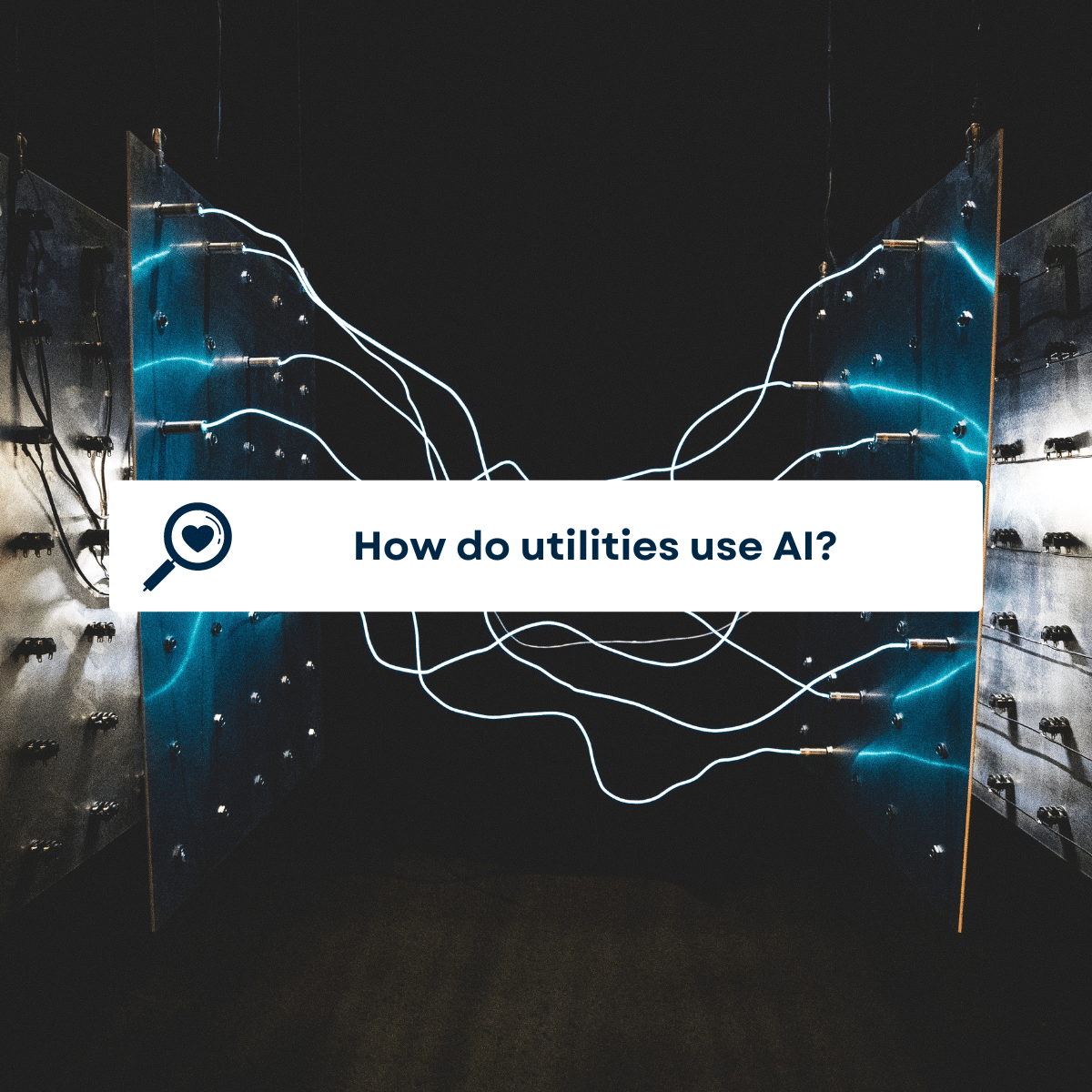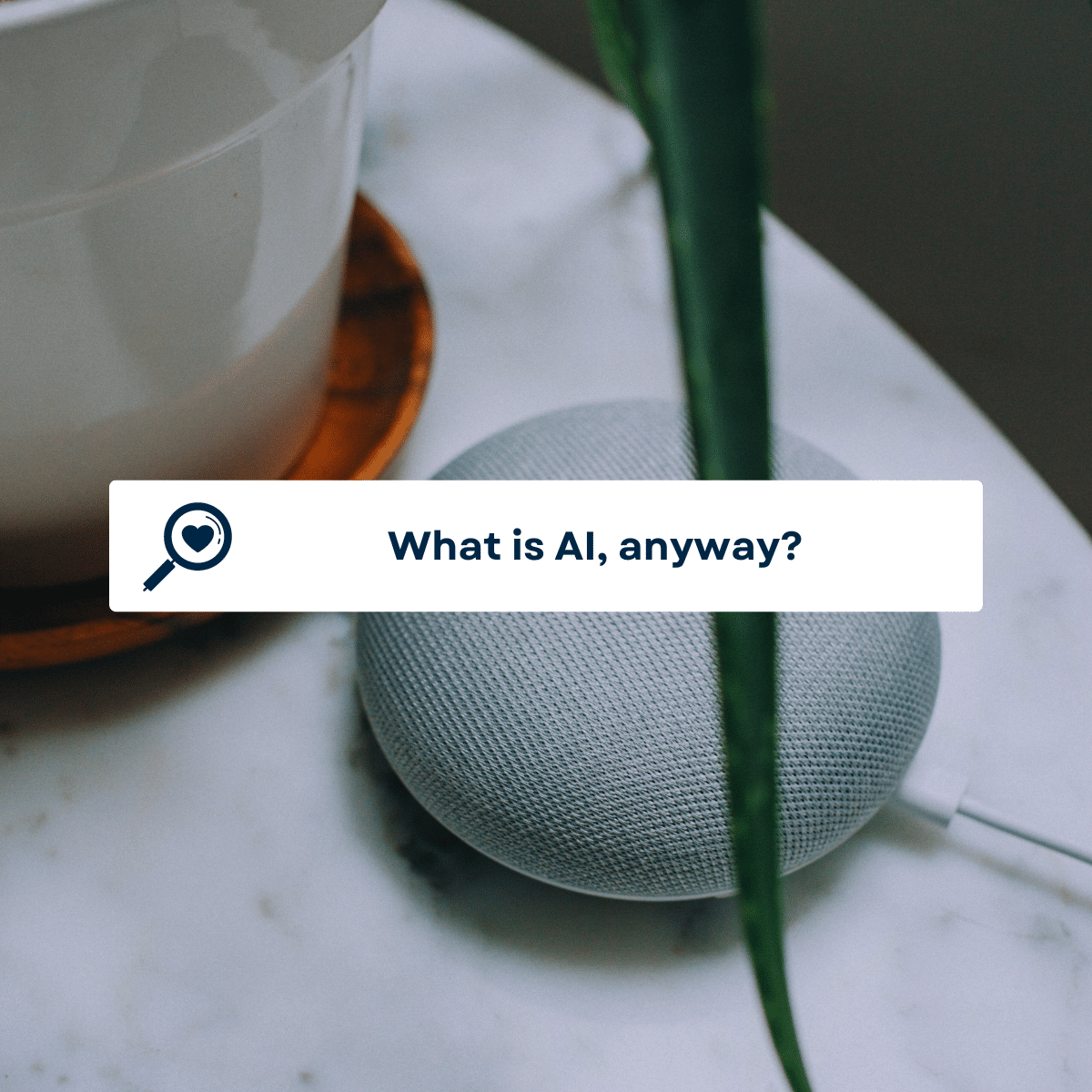We covered the basics of AI concepts and AI and the environment in parts one and two of our AI blog series. In part three, we dive into how Utilities use this technology and its impact on the energy industry.
The ever-evolving landscape of technology has dramatically reshaped how we generate, distribute, and consume energy in recent years. While we strive for greater efficiency and renewable alternatives, technology’s proliferation demands increased energy consumption. One significant player transforming the energy industry is Artificial Intelligence (AI), which has found growing utility adoption. AI can boost efficiency and offset energy consumption by revolutionizing various operations, management, and decision-making aspects. In this part of our AI blog series, we explore the significant applications of AI in utilities and its far-reaching implications for the energy sector.
Let’s explore the key possibilities of AI in utilities and how they may help increase efficiency and offset some of our energy consumption:
- Grid Optimization: The grid is evolving, especially with distributed energy resources (DERs). AI can optimize operations by analyzing real-time and historical data from advanced sensors, communication technologies, weather patterns, and trends. AI can help translate the scale of human-made decisions in the 10s and 100s to millions of switching decisions in shorter time frames and help maintain grid stability. For example, energy demand forecasting can be enhanced through AI models analyzing historical data, weather patterns, and relevant factors by providing valuable insights to plan and allocate resources effectively. Additionally, AI-powered predictive maintenance systems can anticipate equipment failures, schedule maintenance proactively, and improve the reliability of energy infrastructure.
- Energy Management in Buildings: many systems use AI-driven energy management in buildings to optimize energy consumption. AI can analyze data from sensors, weather forecasts, and occupancy patterns to adjust heating, cooling, and lighting systems for maximum energy efficiency—for example, only cooling or heating rooms when occupancy occurs.
- Energy Trading and Pricing: advanced algorithms have been utilized in market trading for decades. In energy trading and pricing markets, AI can analyze data and optimize trading strategies based on more accurate forecasts for the bulk energy supply. This enables utilities to make informed decisions in real time and maximize profitability.
- Grid Security and Resilience: advanced algorithms are also being used for cybersecurity purposes in many industries. AI can help monitor the grid for potential cybersecurity threats and anomalies, including image data from substations and other critical infrastructure. AI-driven systems can rapidly detect and respond to security breaches, enhancing grid resilience.
- Customer Service and Engagement: Chatbots are here to stay. In almost every industry, chatbots help customer service departments help and engage with customers to either completely resolve their issue or help discover the problem so that a customer service representative can quickly help.
AI’s integration in utilities and the energy industry holds significant potential to optimize energy usage, enhance grid reliability, and drive a more sustainable and efficient energy ecosystem. As technology continues to evolve, AI is expected to play an increasingly critical role in shaping the future of the energy sector.
At Awesense, we have created the AI Data Engine, which uses AI to process all types of utility data. The Awesense AI Data Engine ingests data sets from disparate data sources and structures them according to our Energy Data Model (EDM). The EDM is the bedrock for AI implementation in utilities, enabling easy and secure access through APIs to integrate other AI technologies seamlessly. Once structured in the EDM, the AI Data Engine cleanses the structured data for connectivity errors. The AI capacity of the engine learns from the data and uses that knowledge to make predictions or decisions. The engine will provide a record of errors found and corrected. Depending on the data sets ingested, the result is a digital twin or digital simulation of the electricity grid. This digital twin enables modeling scenarios in the occurrence of grid changes and developing analytics and use cases for more insight into grid management and modernization. To help you start your analytics journey, we offer access to our use case library when onboarding to our platform, with use cases available for implementation that can be used to increase energy and utility operation efficiency.
If you want to learn more about the AI Data Engine and the Awesense Energy Transition Platform, contact us for more information!
Resources:


